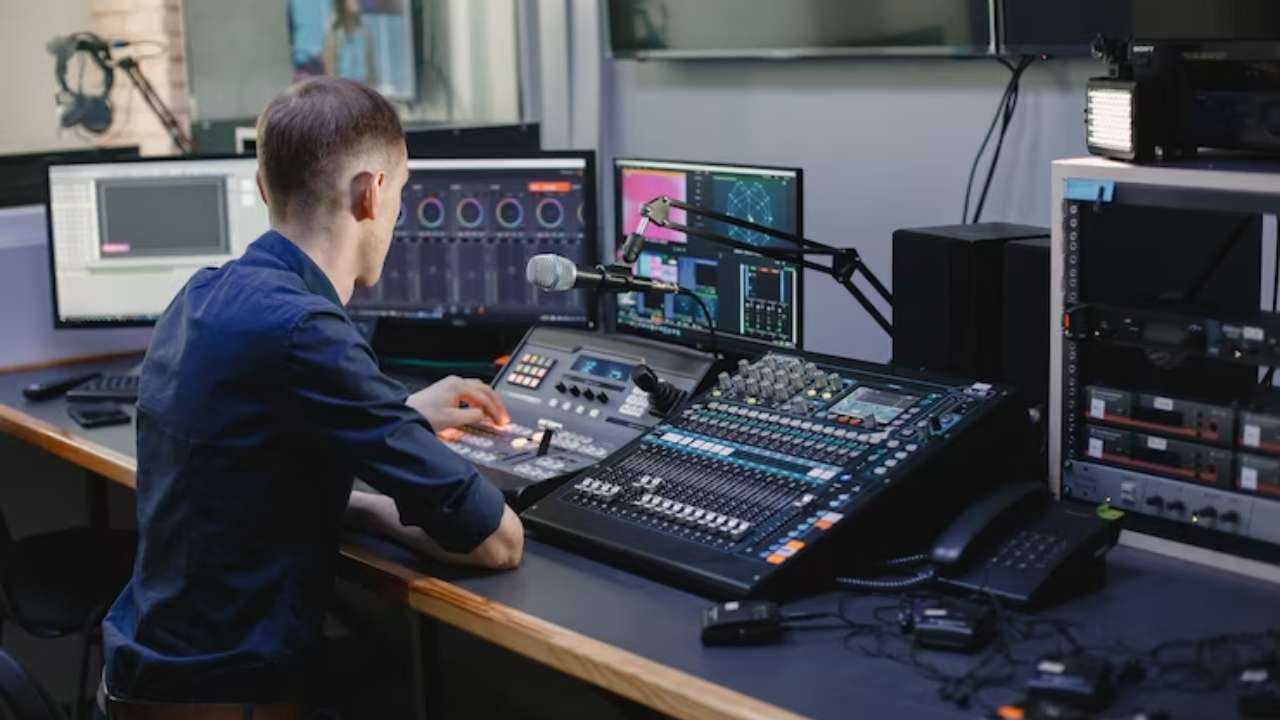Revolutionizing Transmission with Innovative Sound over Internet Protocol Technologies toward a Connected Tomorrow
Revolutionizing Transmission with Innovative Sound over Internet Protocol Technologies toward a Connected Tomorrow
Blog Article
This realm of media is experiencing a major transformation thanks to innovative sound via IP (AoIP) technologies. These developments are revolutionizing the way audio content is created, delivered, and received. Audio over IP refers to the method of sending audio streams over a digital system, using Internet Protocol (IP) instead of conventional analog techniques. This change not only enhances the standard of audio delivery but also provides broadcasters with more flexibility and control over their content.
A single major benefit of audio over IP systems is its capability to connect various devices and systems efficiently. Classic broadcasting often depended on intricate wiring and physical links, which could be cumbersome and limited. With AoIP, broadcasters can readily interface microphones, audio consoles, and other equipment through a shared network. This convergence allows for remote broadcasting and live streaming from almost any place, making it simpler to reach listeners across the world. As a result, broadcasters can react quickly to current issues and audience requests, leading to more dynamic and engaging programs.
Additionally, AoIP technology supports high-quality audio formats that enhance the auditory encounter. Unlike traditional broadcasting techniques, which may diminish sound standards, audio over IP can preserve the integrity of the audio signal throughout the transmission process. This implies that listeners can experience crisper and richer sound, whether they are listening in via terrestrial radio, streaming online, or using portable devices. The capability to provide premium audio is particularly crucial for musical and discussion programs, where each nuance matters to the listeners.
Moreover, the implementation of audio over IP technologies can lead to financial efficiencies for media companies. By leveraging existing infrastructure infrastructure, organizations can eliminate the need for expensive hardware and large-scale cabling. This not only lowers initial costs but also decreases operational costs over time. Broadcasters can allocate resources more efficiently, investing in content creation and human resources growth. As a consequence, the entire media industry can gain from enhanced innovation and inventiveness, as financial resources are reallocated toward enhancing programming and interacting with listeners.
In summary, the transition towards audio over IP systems is changing the broadcasting landscape. By enabling seamless connections, enhancing audio quality, and reducing costs, AoIP is paving the way for a more connected future in media. As broadcasters continue to adapt to these changes, they will be better equipped to satisfy the demands of their audiences, create compelling content, and remain competitive in an ever-evolving industry. The prospects of browse around this web-site broadcasting is promising, and audio over IP will play a crucial role in shaping how we experience audio content in the years to follow.